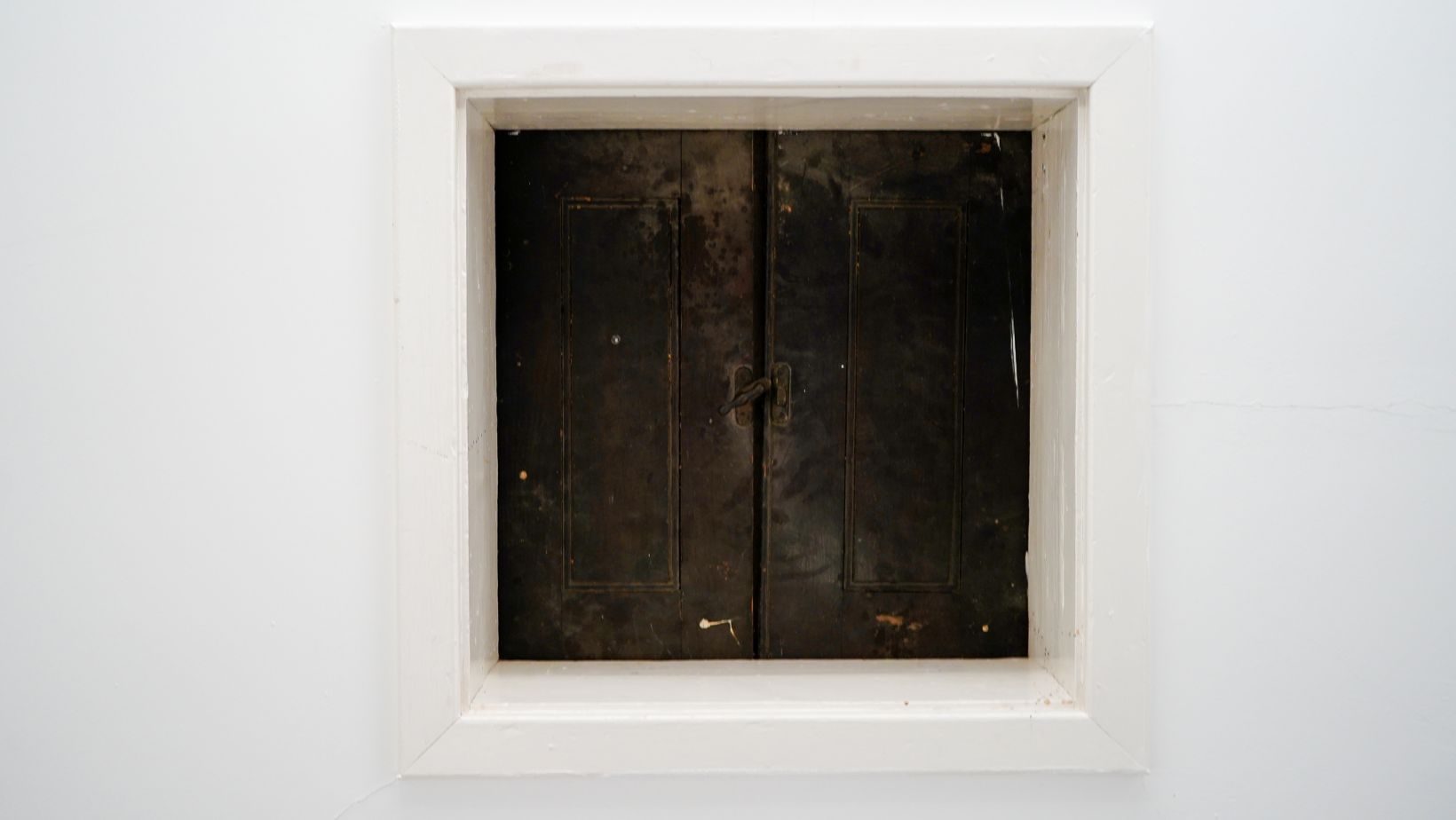Roof hatches, often overlooked architectural components, hold immense potential to transform buildings. These versatile openings offer far more than rooftop access; they can enhance a structure’s functionality, safety, and aesthetic appeal. Builders and interior designers can unlock their full potential by understanding the many benefits and considerations associated with roof hatches.
Understanding Roof Hatches
A roof hatch is a door-like opening installed in a roof to provide efficient access to the rooftop. These access solutions come in several types, including fixed, sliding, and hinged, and are constructed from durable materials such as steel, aluminum, or fiberglass. Roof hatches incorporate secure latches, insulation, and weatherproofing, ensuring safety and performance.
The Advantages of Roof Hatches
Beyond providing essential rooftop access, roof hatches offer a ton of benefits for both residential and commercial buildings:
- Improved Accessibility: Regular roof maintenance, repairs, and inspections are crucial for building longevity. Roof hatches simplify these tasks, saving time and resources.
- Enhanced Safety: As emergency escape routes, roof hatches can be lifesavers in fire or other emergencies.
- Optimized Natural Light and Ventilation: Strategic placement of roof hatches can introduce natural light and fresh air into interior spaces, improving indoor air quality and reducing reliance on artificial lighting.
- Expanded Living Space: In residential settings, roof hatches can create extra outdoor living areas, transforming rooftops into inviting spaces for relaxation and entertainment.
- Aesthetic Appeal: When integrated thoughtfully, roof hatches can become striking architectural features, enhancing a building’s exterior design.
Builder Considerations for Optimal Integration
To successfully incorporate roof hatches into a building, whether residential or commercial, builders must consider several factors:
- Strategic Placement: The location and size of the roof hatch should be determined based on its intended use and the building’s design.
- Structural Integrity: The roof must be able to support the weight of the hatch and any potential loads.

- Effective Insulation and Weatherproofing: Proper insulation and sealing are essential to prevent heat loss, water infiltration, and energy inefficiency.
- Adherence to Building Codes: All roof hatch installations must observe local building codes and safety regulations.
- Seamless Integration: The roof hatch should complement the existing roofing system for a cohesive and visually appealing appearance.
Design Opportunities for Interior Designers
Interior designers can leverage roof hatches to create highly functional and aesthetically pleasing spaces:
- Architectural Focal Points: They can become striking visual elements by incorporating roof hatches into the design scheme.
- Innovative Space Use: Explore creative ways to connect interior spaces with the rooftop, such as creating skylights or hidden storage areas.
- Harmonious Integration: Balance practical considerations with design aesthetics to achieve a cohesive and picturesque result.
- Collaborative Approach: Close collaboration with builders is essential to ensure the roof hatch meets structural and design requirements.
Diverse Applications of Roof Hatches
Roof hatches are incredibly versatile and can be adapted to suit a wide range of building types and purposes:
- Residential: Rooftop access, emergency escape, natural light, ventilation, and extra outdoor living space.

- Commercial: Equipment access, emergency exits, rooftop maintenance, ventilation, and natural light.
- Industrial: Heavy equipment access, ventilation, emergency exits, and natural light.
By understanding the diverse applications of roof hatches, builders and designers can select the ideal options for their projects and maximize their benefits.
Conclusion
Roof hatches are far more than mere access points; they are versatile architectural elements with the potential to transform buildings. Builders and designers can unlock possibilities by considering their design, placement, and integration.
From enhancing accessibility and safety to improving aesthetics and functionality, roof hatches offer many advantages. As the construction industry continues to evolve, the strategic use of roof hatches will play a crucial role in shaping future buildings.
